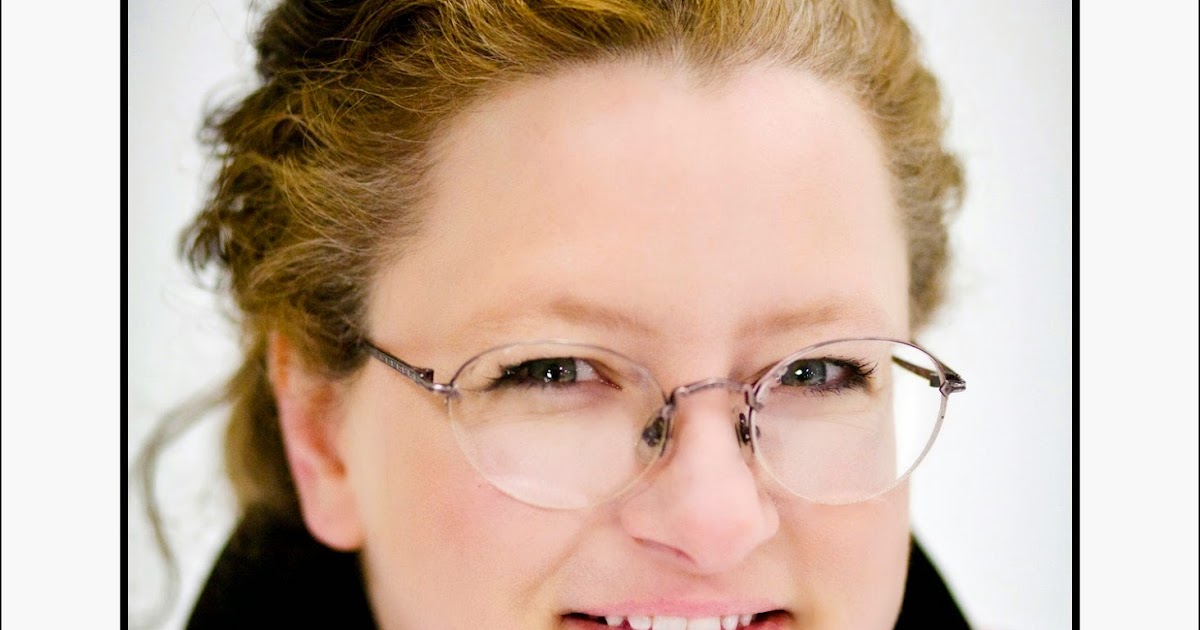Introduction:
Autistic Children have been known to conduct repetitive behaviors, such as spinning in circles. Can the vestibular system provide a link of sensory cognition for autistic children? Vestibular Training Services believes that rotating a child in a controlled and safe manner may help with some autistic symptoms. Spinning may be a way to help an autistic child view the world through better sensory cognition.
Questions:
What are some of the types of repetitive behaviors autistic children do?
Autistic Children may exhibit rhythmic, repetitive behaviors such as hand flapping, spinning in circles, grunting, muttering, and body rocking. For many years these behaviors have been misunderstood. Some believe that these behaviors may give a child a sense of control and may be a way to adjust to other external stimuli that overwhelms an autistic child.
What are sensory cognition and the vestibular system?
We typically use all of our senses (sight, smell, hearing, touch, taste, vestibular, and proprioception) when assessing the surrounding environment Sensory cognition is how the body senses are used to make a connection with the environment around us. The vestibular system is part of the nervous system and provides special awareness (proprioception) and self-motion (kinesthesia). The vestibular system is located in the inner ear and acts like a miniaturized accelerometer and inertial guidance device. Your brain analyzes the vestibular system information about the position of the head and body relative to your surroundings It is important to know where your body parts are in relation to other body parts.
Is spinning a stimulation that is acceptable for an autistic child?
Vestibular Training Services has worked with children on the autistic spectrum and while spinning as a sensory method might not work for all autistic children, we have seen improvements in learning and behavior in some of the children that we have worked with. We have seen anecdotal evidence in the behavior change of autistic children. We are also teaming up with researchers (worldwide) applying these training principles.
What type of equipment do you use??
Vestibular Training Services places a child in a harness connected to the ceiling through a pulley system. That’s for safety, after that you step onto a rotating platform, and we start spinning. Slowly at first then faster as you improve. Our equipment, training, and services emphasize rotation, axis, balance, proprioception, and crossing the midline. Our equipment and training emphasize rotation, axis, and crossing the midline axis as part of the training. Changing appendage positions while spinning requires good proprioception and balance. Crossing the vertical midline axis of your body increases your proprioception and balance. This does take persistence, practice, and training.
Can these techniques be applied to other things?
Yes, we have had families tell us that our spinning equipment and methods have helped other family members, with vertigo, traumatic brain injuries, concussions, aging balance issues, and sports performance. We are also involved with research into how increasing your proprioception helps people in the military, firefighters, aviation, police, martial arts, physical therapy, and sensory therapy professions.
Bio:
Sheila Thelen, President of Vestibular Training Services and Master Rated Figure
Skating Coach applies these world-class vestibular training tools (patent pending) to improve the brain’s ability to balance and improve cognitive processes. Sheila speaks about applying world-class athletic training tools to the general population to achieve remarkable results.
Media Contact: Jerry McGlothlin 919-437-0001 jerry@specialguests.com.

